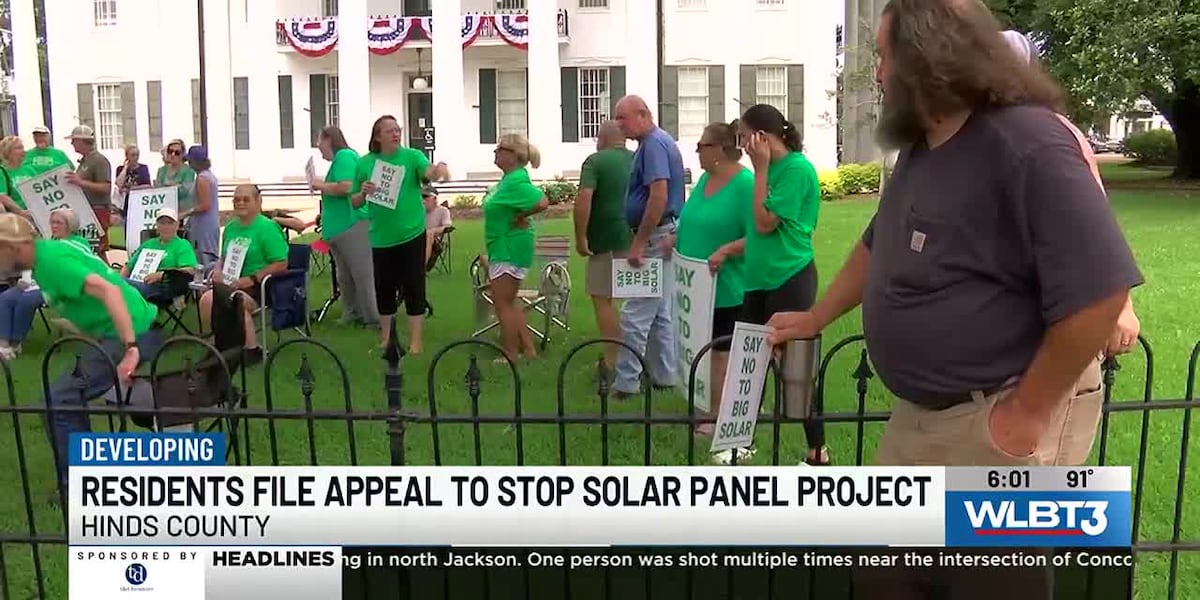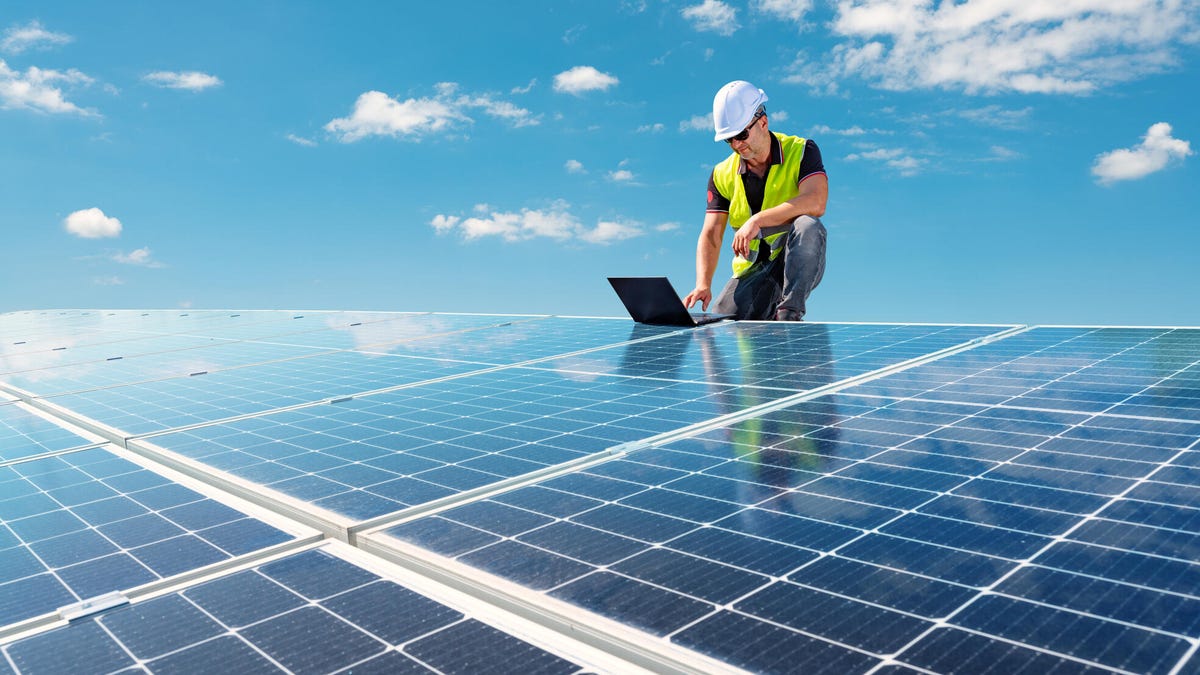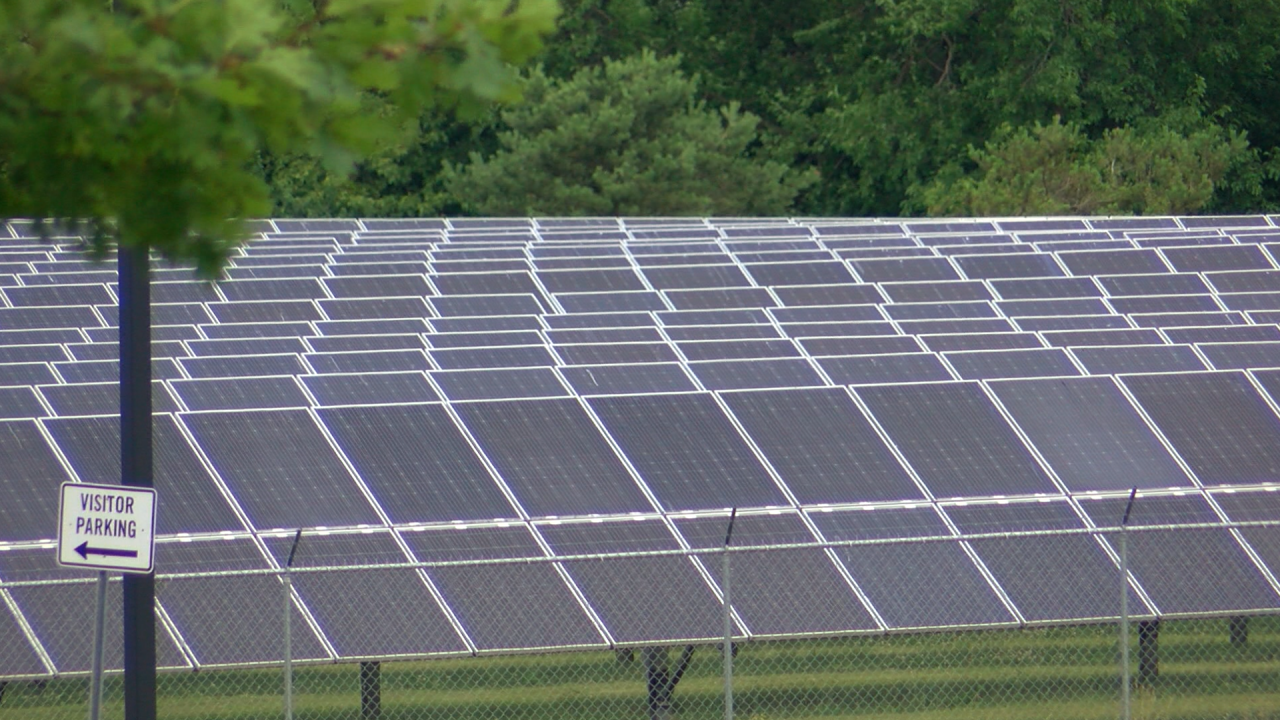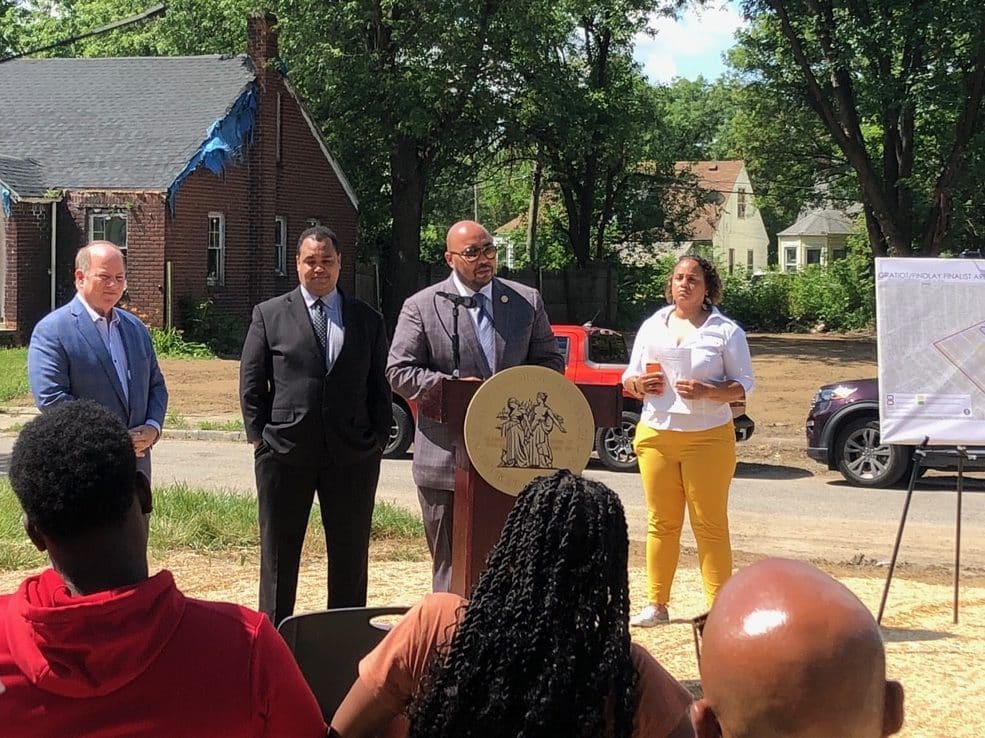JACKSON, Miss. (WLBT) – WLBT told you last week about Hinds County Supervisors approving the state’s largest solar panel project.
It’s called the Solar City Project.
It’s a decision many Hinds County residents aren’t happy with.
More than a thousand of them signed a petition against the project.
Now, one resident is taking things a step further by filing an appeal against the decision.
“There are many, if any, but we try to prevent them,” said Allison Lauderdale, who filed the appeal. “We’re trying to prevent damage.”
On Friday, Lauderdale stood with dozens of others opposing the county’s decision to bring the project.
“No one stood up to the people who opposed it,” Lauderdale said. “It seems quite clear that their interest is more in the company than in being the voice of the people.”
Lauderdale appealed on several grounds, including that the project violated zoning ordinances and constitutional rights.
“They’ve had three or four years to prepare for this and they’re giving us three minutes to speak at meetings,” said the Raymond resident. “It’s very disappointing and says a lot about our elected officials.”
The county is partnering with Apex Clean Energy. The project is expected to generate up to $150 million in tax revenue, as well as provide more than 400 construction and farm jobs.
Hinds County leaders say it will be a 65-hundred-acre solar panel farm that could generate enough energy to power more than 95,000 homes across the county.
However, Lauderdale said he is still against it.
“We want people not to see any houses here,” Lauderdale said. “They’re going to sell it to a private entity like Facebook or Amazon, and we’re not going to get any benefit from it, but we’re still left with the mess and the consequences.”
Lauderdale says they plan to continue speaking out against the project. If approved, Apex plans to begin construction late next year.
Hinds County board President Robert Graham said he had no comment at this time.
Want more WLBT news in your inbox? Click here to subscribe to our newsletter.
See a spelling or grammar mistake in our story? To report please click here and include the title of the story in your email.
Copyright 2024 WLBT. All rights reserved.




